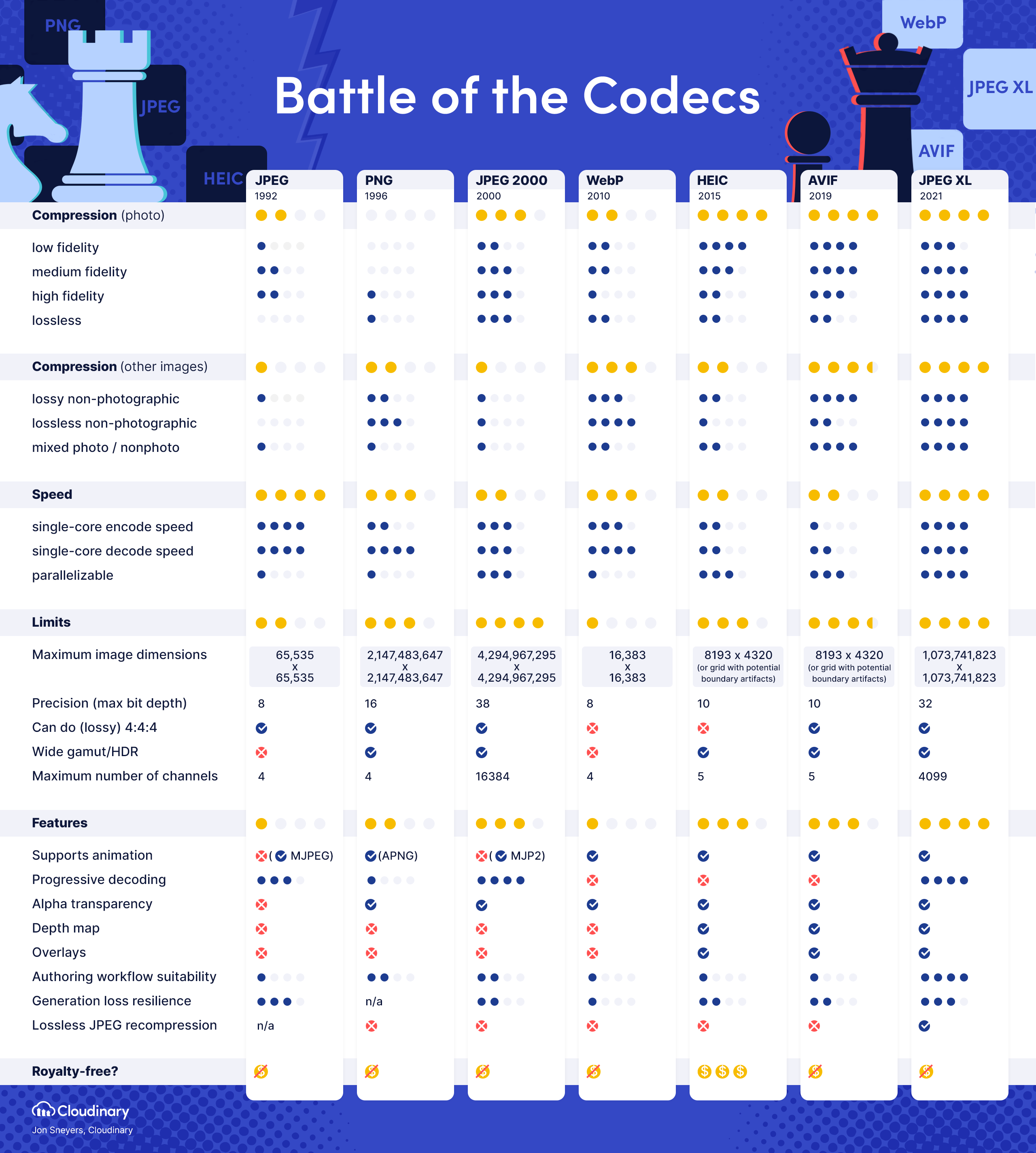

The main problem with self-healing is that ZFS needs to have access to two copies of data, usually solved by having 2+ disks. When you expose an mdadm device ZFS will only perceive one disk and one copy of data, so it won’t try to store 2 copies of data anywhere. Underneath, mdadm will be storing the two copies of data, so any healing would need to be handled by mdadm directly instead. ZFS normally auto-heals when it reads data and when it scrubs, but in this setup mdadm would need to start the healing process through whatever measures it has (probably just scrubbing?)


Mirrored vdevs allow growth by adding a pair at a time, yes. Healing works with mirrors, because each of the two disks in a mirror are supposed to have the same data as each other. When a read or scrub happens, if there’s any checksum failures it will replace the failed block on Disk1 with Disk2’s copy of that block.
Many ZFS’ers swear by mirrored vdevs because they give you the best performance, they’re more flexible, and resilvering from a failed mirror disk is an order of magnitude faster than resilvering from a failed RAIDZ - leaving less time for a second disk failure. The big downside is that they eat 50% of your disk capacity. I personally run mirrored vdevs because it’s more flexible for a small home NAS, and I make up for some of the disk inefficiency by being able to buy any-size disks on sale and throw them in whenever I see a good price.